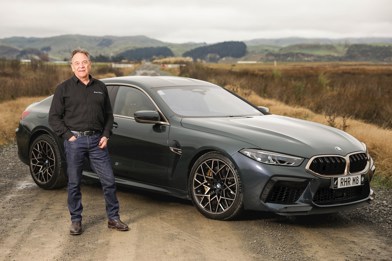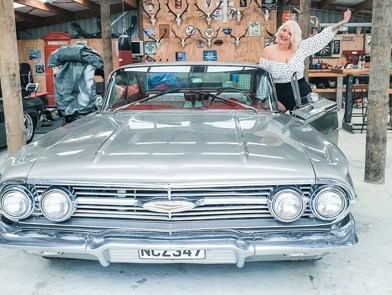Take a well-regarded Korean five-door. Slap on a Parma Violets paint job, wrap big Pirellis 'round the wheels, add huge seat bolsters that grip you in the kidneys, and fit an exhaust that sounds like the back box has blown. Welcome to N world, population: one.
There have been quick Hyundais in the past; the 2013, 348bhp, 3.8-litre Genesis Coupe R-spec sold only in the US, the Veloster Turbo for the Brits, and the i20 WRC being flung around the world's rally stages by Neuville, Paddon and friends.
But this is for real, for the road, and for keeps. Albert Biermann, Hyundai's handling chief (previously of BMW) has been assembling go-faster bits in his locker and sending them off for evaluation on the Nordschleife, in races and on test days.
Biermann explains that his objective was a car that feels terrific and stable in the corners, can sustain up to half a day on the race track, and yet is also an acceptable daily driver. We'll come back to this.
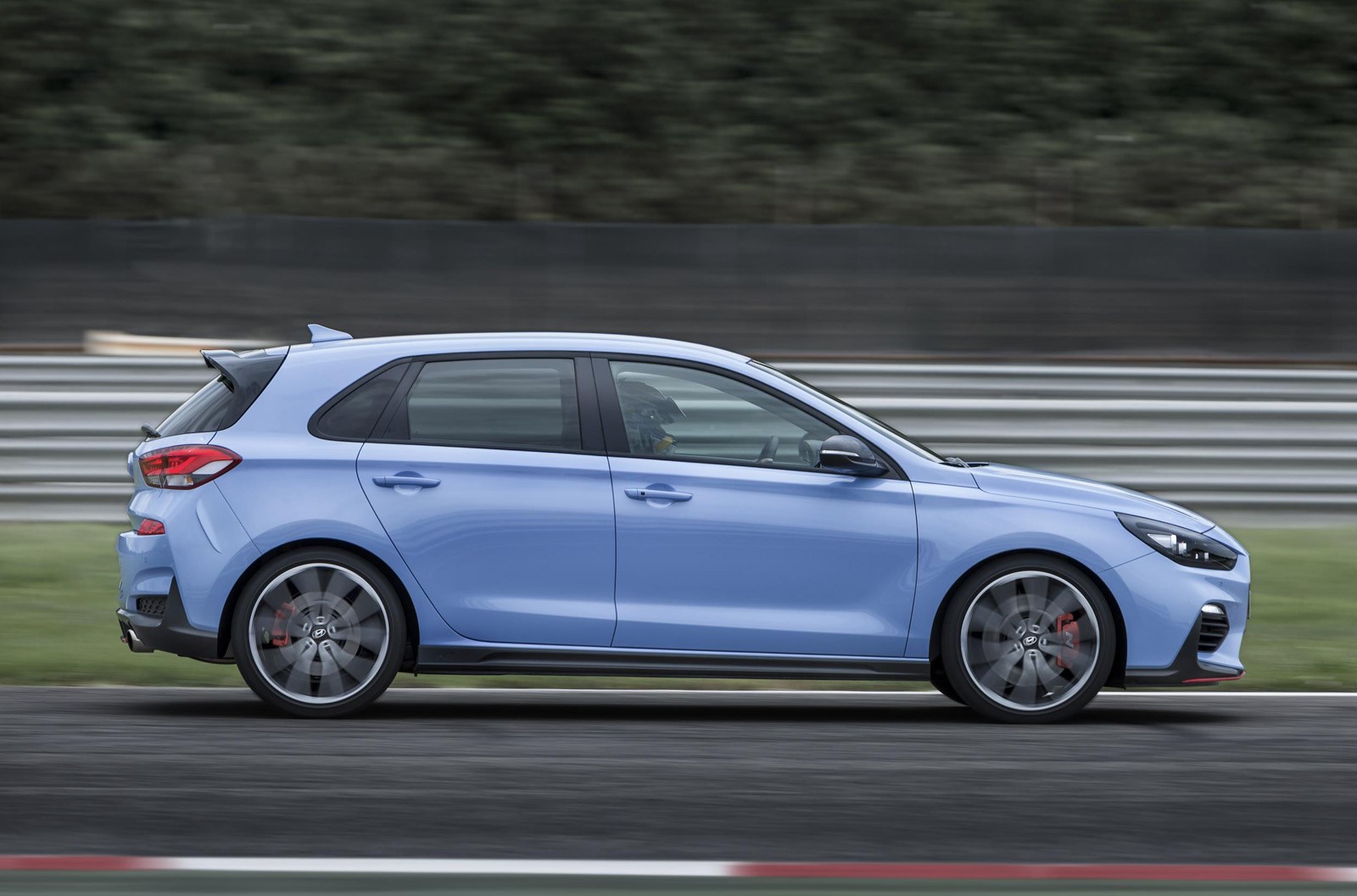
The engine is standard two-litre unit with a KeyYang Precision twin-scroll turbocharger and specially made inlet and exhaust manifolding. In the standard form, it punches out 184kW.
There's also the Performance Pack car with 202kW, 19-inch wheels and tyres, leather upholstery (for serious racers, cloth is a no-cost delete option to save 12.7kg) and electronically activated limited-slip differential and a variable-noise valving in the exhaust.
A six-speed gearbox has been modified with its own set of uprated ratios, carbon-plated synchromesh rings and a precise short-throw gear lever gate, with an uprated, short-travel clutch. It will also blip the throttle for you in down changes, though you can switch it off if you want to double declutch your way down the 'box.
Standard MacPherson strut front and multi-link rear suspension gets a makeover with adjustable valve dampers, titivated geometry including zero scrub radius and a changed roll axis, and stronger hub bearings.
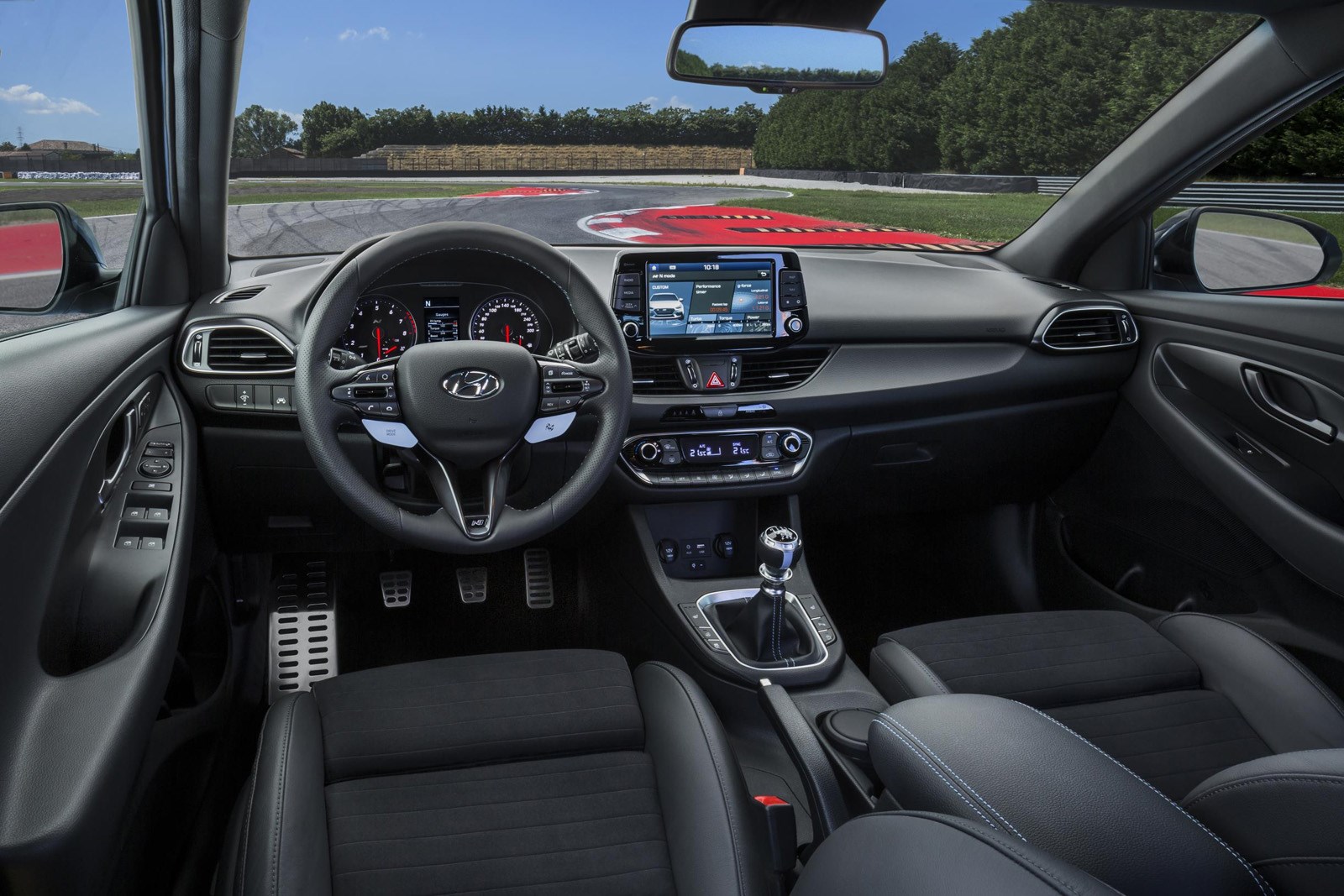
All of this garnered from Hyundai's racing programme, along with the underbody strengthening plates and a boot brace. It's all configurable via the dashboard so you can separately choose the firmer damping response, stiffer steering, noisier exhaust and more immediate throttle action.
The cabin gets a bit of go-faster love, but it's what they haven't done that is so welcome. So there's a manual hand brake, a round steering wheel, simple twin-dial instrument binnacle and low mounted driver's seat whether you select powered or manual versions. You also get a couple of extra buttons on the steering wheel to adjust the setup.
Start it up and the parping exhaust makes up for a lack of induction roar, but it's not a great sounding engine even with the artificial imposer set at the max and the electronics dragging a bit of fuel down the exhaust on over run.
It also lacks a bit of go compared with the best hot-hatch opposition, but it feels meaty and the twin-scroll blower punches hard from not far up the rev counter.
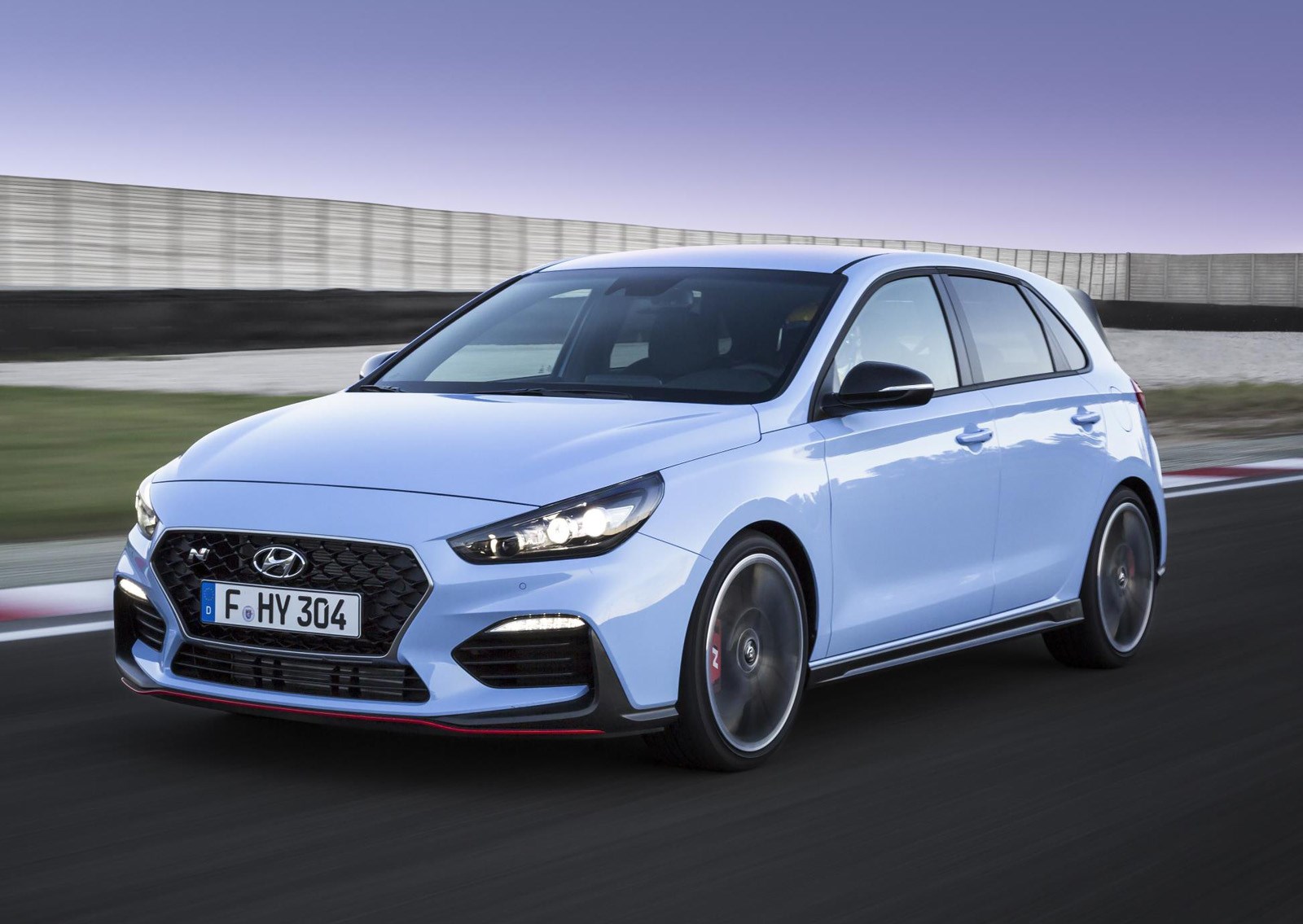
If you aren't on the track, you'll not notice much difference between the standard and performance pack.
It's only when you on it, that the extra grunt makes itself felt. The gearbox is super-precise, so much so that you need to be careful not to get it in the wrong slot. Similarly the throttle response in its most extreme setting is sharp and satisfying.
With electrically powered steering, the feedback isn't fantastic, but it dives smartly into the turns and there's a pleasing precision in the way it holds a line.
Speed up and the chassis starts to play games. Get committed, ease the throttle and you can steer the nose a lot deeper into the bend.
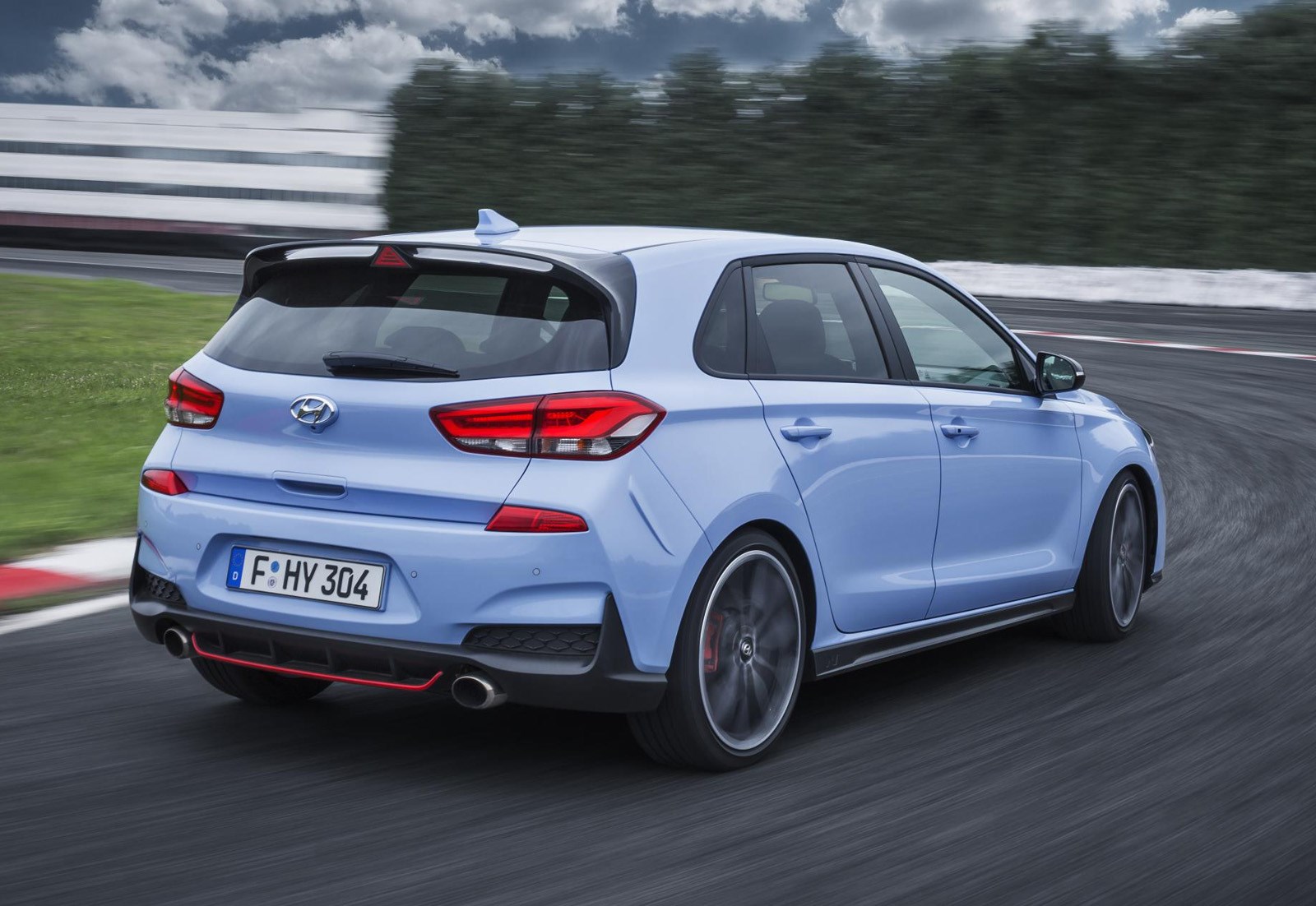
Out on the Italian circuit of Vallelunga, this escalated into ludicrous angles of tail hanging. Yet the i30 N is forgiving enough to allow you to lift off or even brake into a turn (traction and stability control can be switched off), and indeed trail braking into some of the tighter turns proved to be the fastest way to keep the front pinned and the back loose.
There's not enough downforce to allow full-on hooliganism and it'll understeer if you just throw it at the corners, but outside of something from Renaultsport or possibly Ford, this is the most adjustable chassis in the class.
The brakes, simple swinging-arm callipers, are good, too. Direct, with good progression, they'll slow valiantly for at least a couple of laps before pad knock back and fade pushes bite point down the pedal's travel.
Fun in spades, then, but the price is ride quality. I jotted down the following remarks while riding as a passenger en route to the circuit: smoog, splutheeth broompeth - no doubt a profound analysis of the Hyundai's comfort levels, lost to illegibility thanks to a harsh suspension setup.
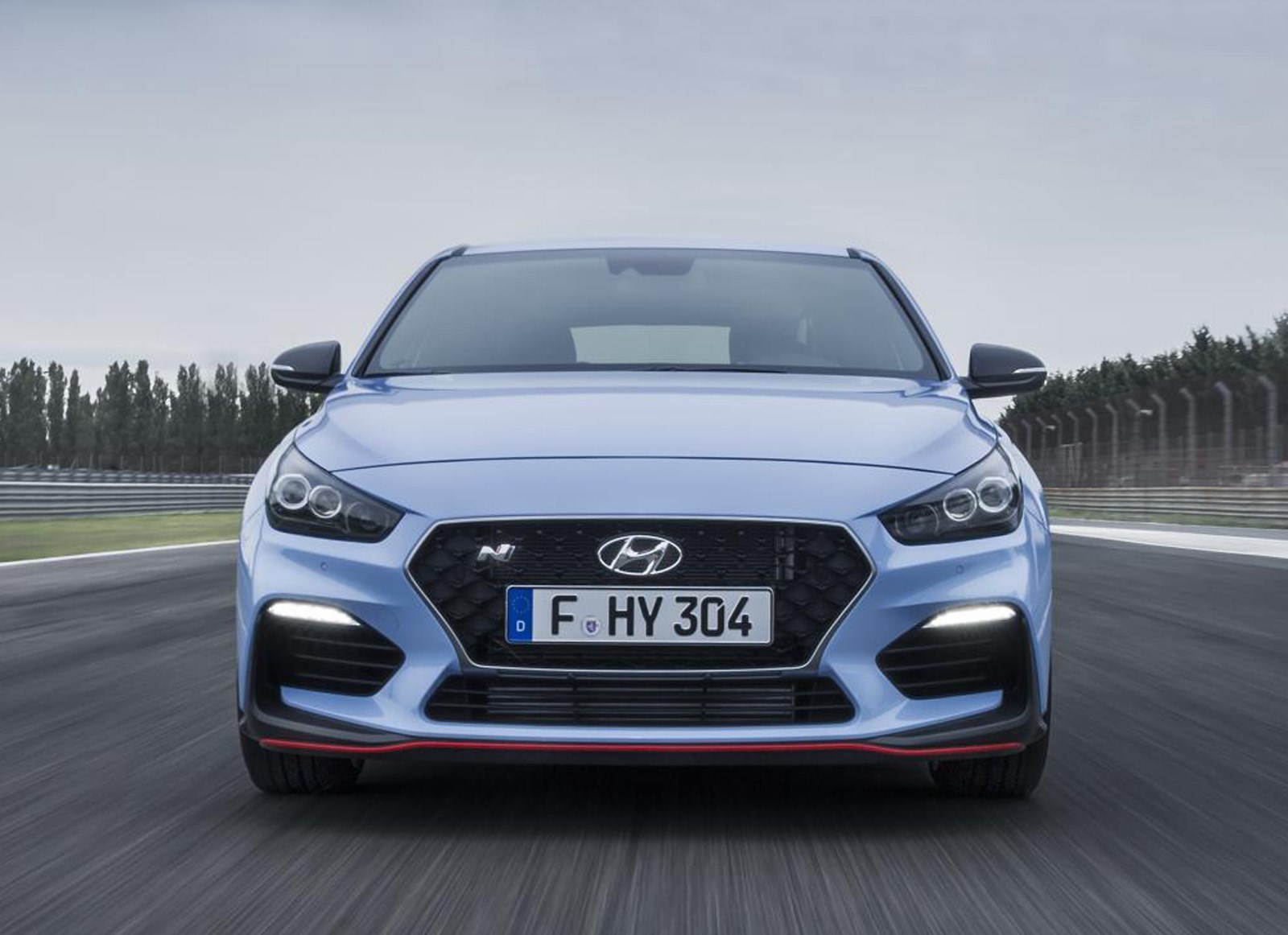
The 18-inch Michelins proved just tolerable but it would be tough to live with the 19-inch Pirellis on the Performance version as a daily driver.
Hyundai wanted a hot hatch to compete with the second-tier players in this sector; think Focus ST rather than the RS. Not that this market is in anyway second best.
The South Korean firm has had to rob the payroll of BMW, AMG, Lamborghini and others to achieve its N sub brand and it has done it their own way, avoiding the temptation to just throw aftermarket wheels, seats, turbos and differentials at the car.
Instead it has redesigned, refined and tuned and created a likeable road burner, provided you've got someone else to pay your chiropractor's bills.
-The Daily Telegraph













